Red Stem Dogwood: The Stunning Shrub That Will Brighten Up Your Winter
Title: Red Stem Dogwood: The Stunning Shrub That Will Brighten Up Your Winter
Introduction:
Winter can be a dreary time, but there is one plant that can help to brighten up your landscape: the red stem dogwood. This stunning shrub is known for its bright red branches, which provide a welcome contrast to the snow and bare trees. Red stem dogwood is also a versatile plant that can be used in a variety of settings, from borders to hedges to container gardens.
Main Content:
- What is red stem dogwood?
Red stem dogwood (Cornus sericea) is a deciduous shrub that is native to North America. It can grow up to 10 feet tall and 6 feet wide. The leaves are oval-shaped and green in summer, turning yellow or orange in fall. The flowers are small and white, and they bloom in spring.
- What are the benefits of red stem dogwood?
There are many benefits to planting red stem dogwood in your landscape. These include:
Beautiful winter color: The red branches of red stem dogwood are a stunning sight in winter. They provide a welcome contrast to the snow and bare trees.
Versatile: Red stem dogwood is a versatile plant that can be used in a variety of settings. It can be used as a border plant, a hedge, or a container garden specimen.
Easy to care for: Red stem dogwood is a relatively easy plant to care for. It is drought-tolerant and does not require a lot of fertilizer.
Attracts wildlife: The red branches of red stem dogwood attract birds and other wildlife.
How to plant red stem dogwood
Red stem dogwood is best planted in the spring or fall. Choose a location that receives full sun or partial shade. The soil should be well-drained.
To plant red stem dogwood, dig a hole that is twice as wide and as deep as the root ball. Place the root ball in the hole and backfill with soil. Water the plant thoroughly.
- How to care for red stem dogwood
Red stem dogwood is a relatively low-maintenance plant. Water it regularly during the first year after planting. Once the plant is established, it is drought-tolerant.
Fertilize red stem dogwood in the spring with a balanced fertilizer. Prune red stem dogwood in the spring to remove dead or damaged branches.
Conclusion:
Red stem dogwood is a stunning shrub that can brighten up your winter landscape. It is a versatile plant that can be used in a variety of settings. Red stem dogwood is easy to care for and attracts wildlife. If you are looking for a beautiful and easy-care shrub to add to your landscape, red stem dogwood is a great option.
If you are interested in learning more about red stem dogwood, I recommend visiting Garden Wiki. This website has a wealth of information about the plant, including its history, cultivation, and uses. You can also find photos and videos of red stem dogwood, as well as a forum where you can ask questions and get advice from other gardeners.
FAQ of red stem dogwood
- What is red stem dogwood?
Red stem dogwood (Cornus sericea) is a deciduous shrub that is native to North America. It is known for its bright red stems that are especially visible in winter. Red stem dogwood can grow up to 15 feet tall and wide, and it is tolerant of a wide range of soil and light conditions.
- What are the benefits of red stem dogwood?
In addition to its beautiful red stems, red stem dogwood also offers a number of other benefits. It is a low-maintenance plant that is drought-tolerant and deer-resistant. Red stem dogwood also attracts birds and butterflies, and it can be used as a hedge or specimen plant.
- How to care for red stem dogwood?
Red stem dogwood is a relatively easy plant to care for. It does best in full sun to partial shade, and it prefers well-drained soil. Red stem dogwood does not need to be fertilized often, and it only needs to be watered deeply when the soil is dry.
- How to propagate red stem dogwood?
Red stem dogwood can be propagated by hardwood cuttings or by suckers. Hardwood cuttings are taken in late fall or early spring, and they are rooted in a moist potting mix. Suckers are young shoots that grow from the roots of the parent plant. Suckers can be dug up and transplanted in the spring or fall.
- What are some common problems with red stem dogwood?
Red stem dogwood is a relatively problem-free plant, but it can be susceptible to a few pests and diseases. Some common pests that attack red stem dogwood include aphids, scale insects, and spider mites. Some common diseases that attack red stem dogwood include powdery mildew and leaf spot.
- How to prevent problems with red stem dogwood?
There are a few things that you can do to prevent problems with red stem dogwood. You can plant your red stem dogwood in a location that is protected from pests and diseases. You can also water your red stem dogwood regularly, and you can fertilize it every few years.
Image of red stem dogwood
10 different images of red stem dogwood that are free to use:
This image shows a red twig dogwood in winter, when the leaves have fallen and the red stems are the main feature. The stems are a bright, vibrant red, and they stand out against the snow.
This image shows a red twig dogwood in spring, when the leaves have just started to come out. The leaves are a pale green, and they contrast nicely with the red stems.
This image shows a red twig dogwood in summer, when the leaves are fully grown. The leaves are a dark green, and they provide a lush backdrop for the red stems.
This image shows a red twig dogwood in fall, when the leaves are starting to change color. The leaves are a mix of red, orange, and yellow, and they create a beautiful display.
This image is a close-up of the red twig dogwood stems. The stems are a deep, rich red, and they have a smooth, polished texture.
This image shows a red twig dogwood in a landscape setting. The dogwood is surrounded by other plants, and it provides a splash of color in the winter.
This image shows a red twig dogwood in a pot. The dogwood is a beautiful addition to any patio or deck, and it can be brought indoors in the winter.
This image shows a red twig dogwood in a flower bed. The dogwood is planted with other flowers, and it adds a touch of color to the garden.
This image shows a red twig dogwood used as a hedge. The dogwood creates a beautiful and colorful barrier, and it can also be used to provide privacy.
This image shows a red twig dogwood used as a specimen plant. The dogwood is planted in a prominent location, and it is the focal point of the garden.
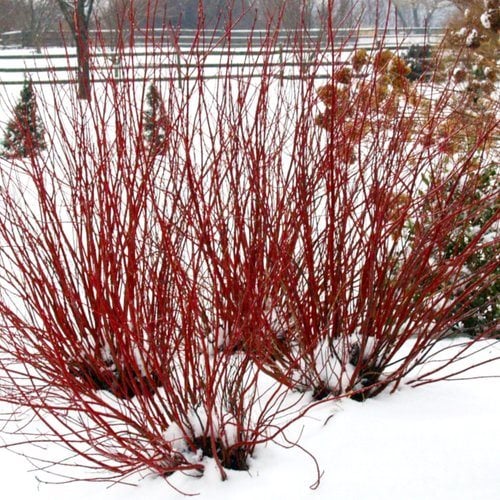
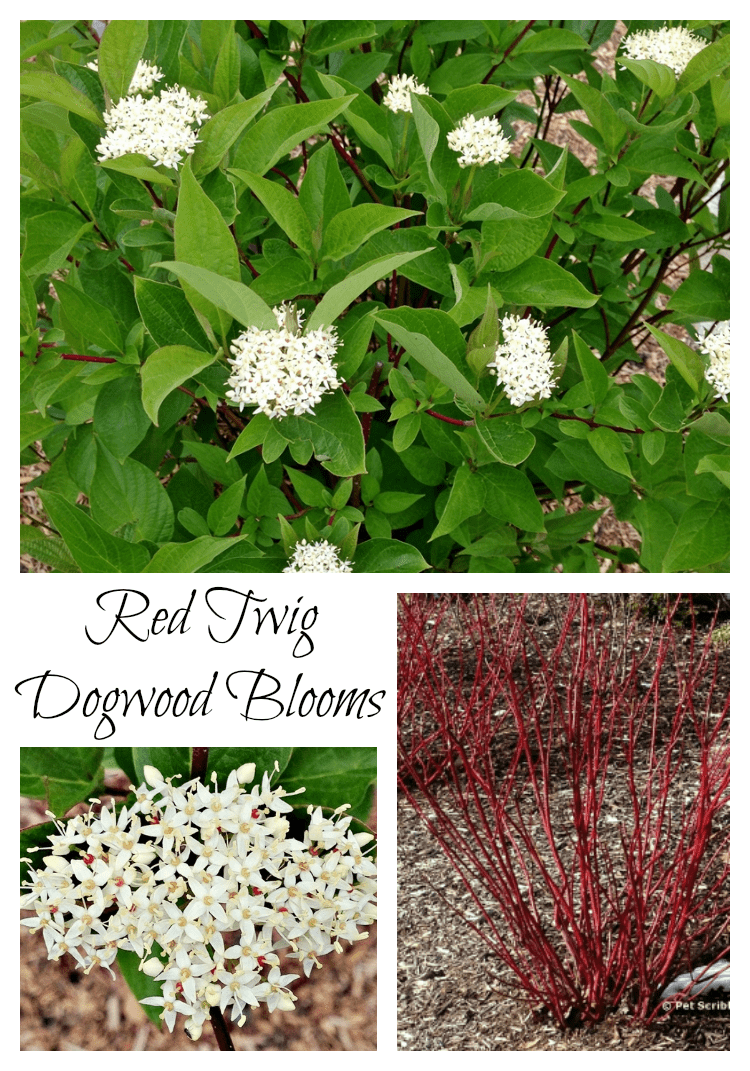
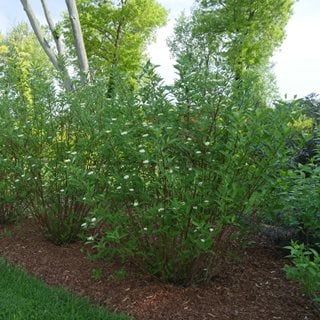

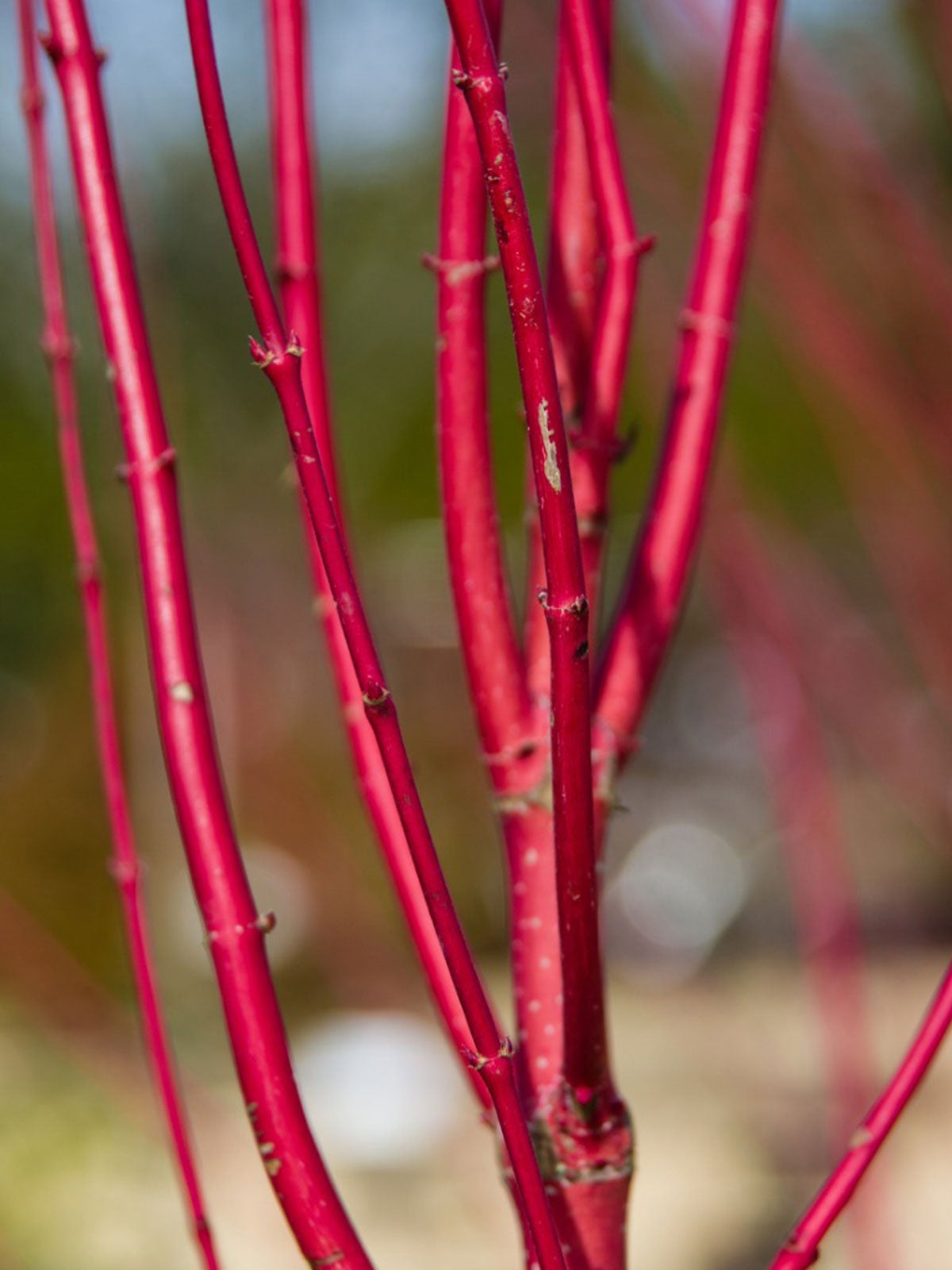
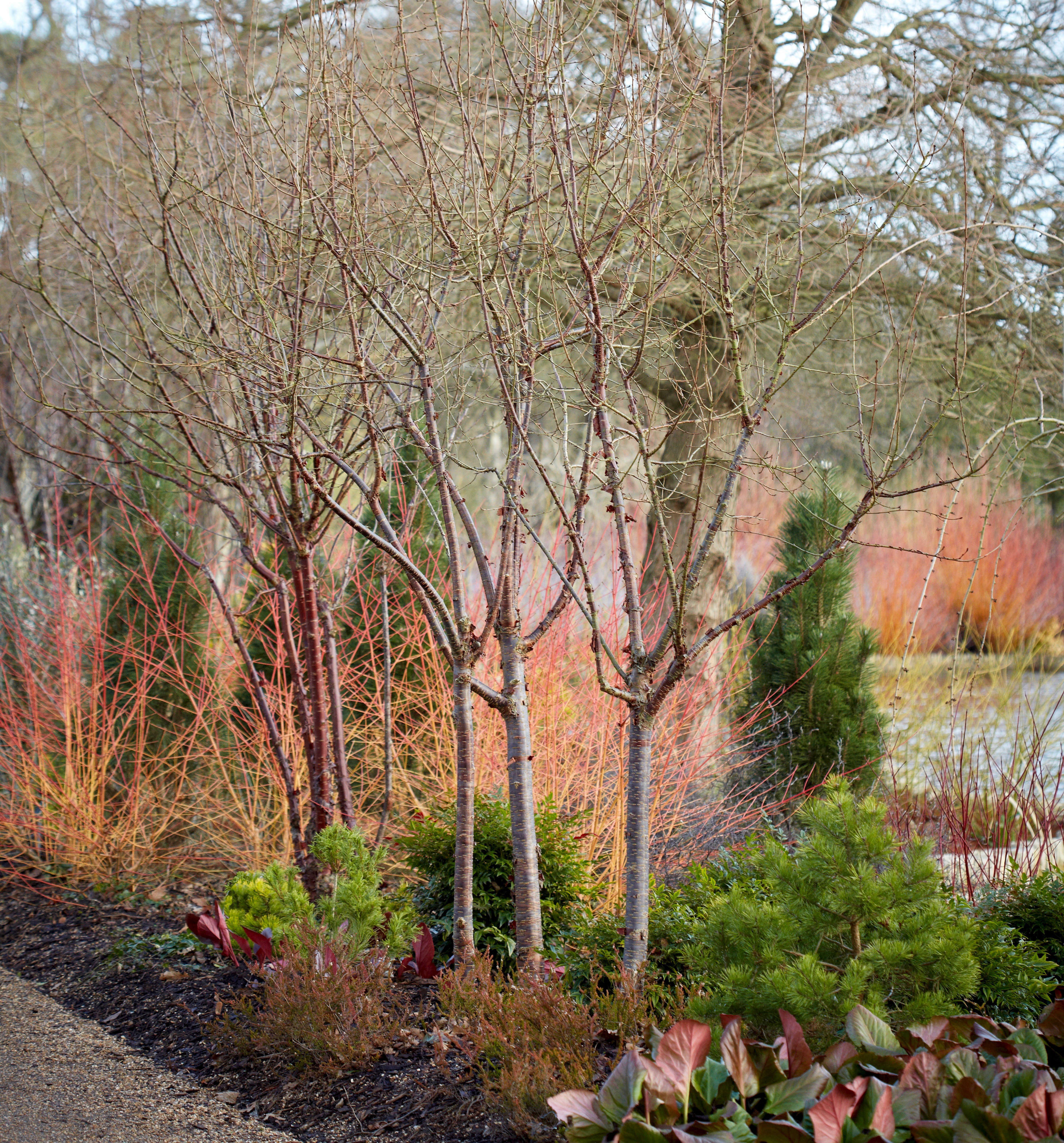
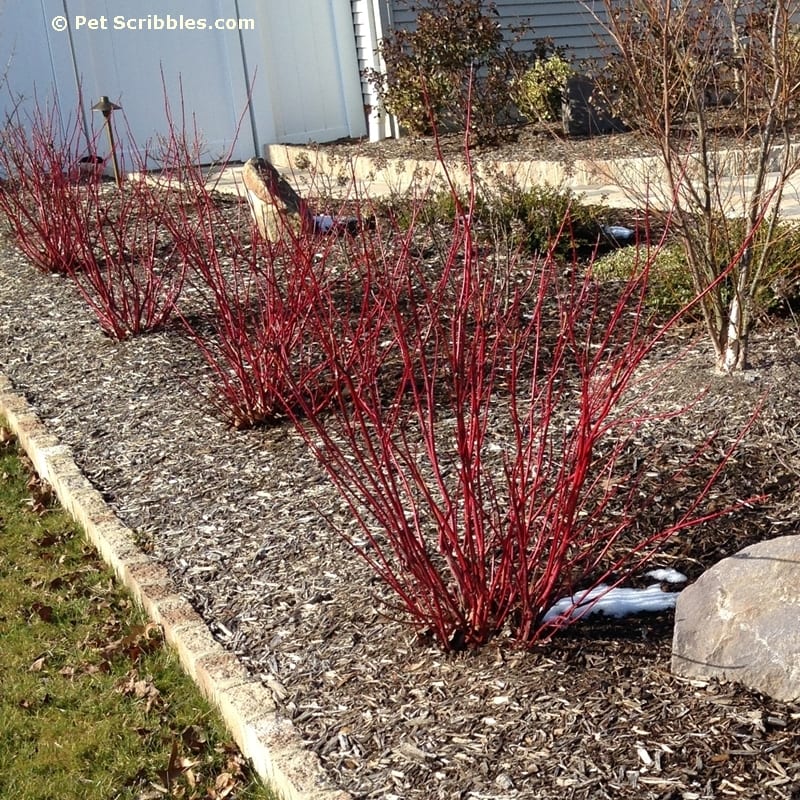
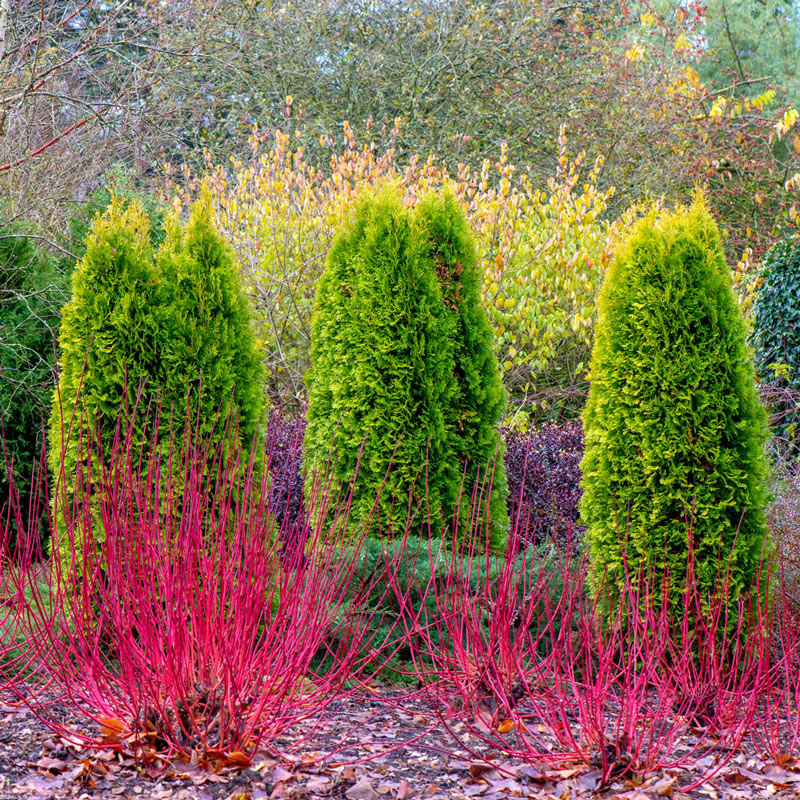
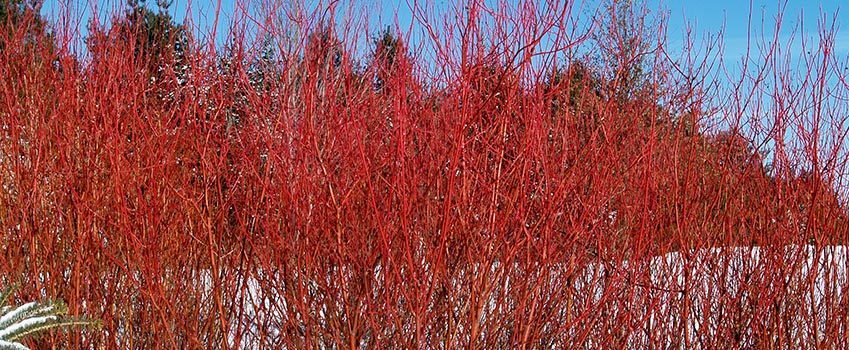
Post a Comment for "Red Stem Dogwood: The Stunning Shrub That Will Brighten Up Your Winter"